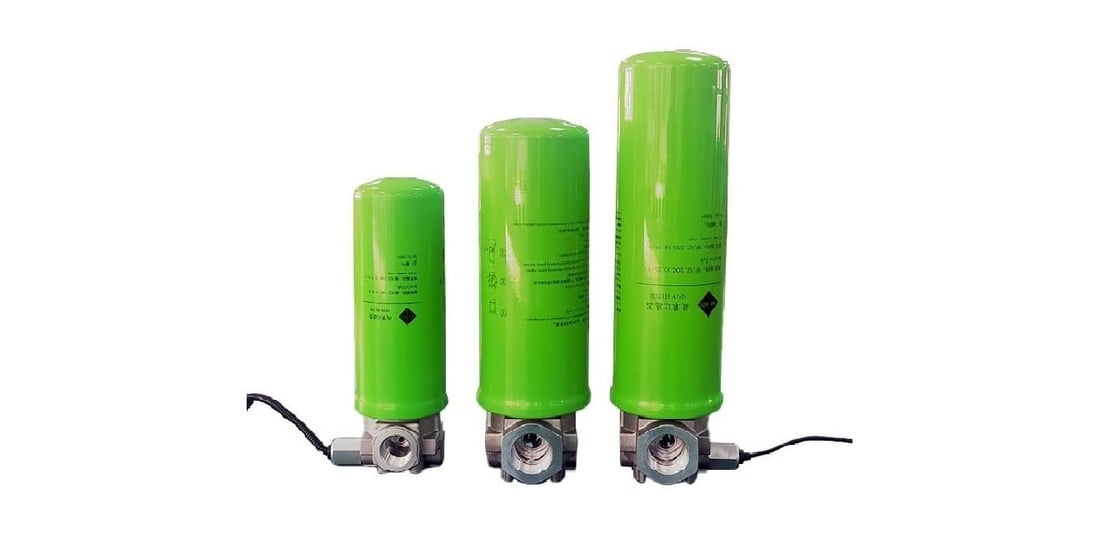Filtration accuracy refers to the pore size of the filter element, usually expressed in microns (μm). It determines the maximum particle size that the filter can allow through and is an important parameter to measure the filter effect. In order to more fully understand the filtration accuracy, the following details from a number of perspectives:
1. Basic definition of the filter element
(1) Concept interpretation: Filtration accuracy refers to the size of the filter or filter material that can intercept the smallest particles during the filtration process. This parameter is directly related to the filter interception capability and application scenario.
(2) Unit expression: The filtration accuracy uses microns (μm) as a unit, and 1 micron is equal to 0.001 mm.
2. Classification standards
(1) Nominal filtration accuracy: This accuracy describes the filtration accuracy labeled by the filter manufacturer, but it is not equivalent to the actual filtration efficiency. Therefore, the term is no longer used in some areas where pollution research is more in-depth, such as aircraft hydraulic systems.
(2) Absolute filtration accuracy: this is a more stringent standard, meaning that the filter can 100% intercept particles larger than a certain size. For example, a filter with an absolute accuracy of 1 micron can completely intercept all particles larger than 1 micron.
3. Conversion table
Mesh and micron conversion: Mesh is another way to describe the fineness of the filter, the higher the mesh, the smaller the aperture. The corresponding relationship between mesh number and micron can be found directly through the conversion table, which is convenient for filter selection.
4. Application field of the filter element
(1) Industrial applications: In industry, filtration accuracy is related to product quality and production safety, such as pollution control in hydraulic systems.
(2) Life application: In daily life, the filtration accuracy of household water affects the health and taste of drinking water, and microfiltration technology is usually used to remove large particles of impurities in the water.
5. Detection method of the filter element
(1) Bubble point method: by measuring the pressure required for bubbles to pass through the filter to determine the size of the aperture, this method is suitable for filter materials with irregular aperture.
(2) Filtration efficiency method: Evaluate the accuracy of the filter by testing its ability to intercept particles of a specific size.
(3) Bacterial challenge method: It is mainly used for debacteria-grade filter element, and the ability of filter element to retain bacteria is verified by challenge test.
(4) SEM photo method: The aperture size of the filter membrane is visually displayed through the electron microscope photo, which is suitable for accurate measurement.
6. Technological development of the filter element
(1) Membrane separation technology: With the progress of science and technology, ultrafiltration, nanofiltration, reverse osmosis and other membrane separation technology is widely used, they are suitable for different filtration accuracy needs.
(2) Innovative materials: The development of new materials is also constantly improving the performance of the filter, making the filter more accurate and longer service life.
It should be noted that, in the selection of filters, in addition to considering the filtration accuracy, should also consider the filter material, service life, maintenance costs and other factors. Filtration accuracy is not the higher the better, too high filtration accuracy may cause the filter easy to clog, increase maintenance costs. Therefore, when selecting the filter, the appropriate filtration accuracy should be selected according to the actual needs.

